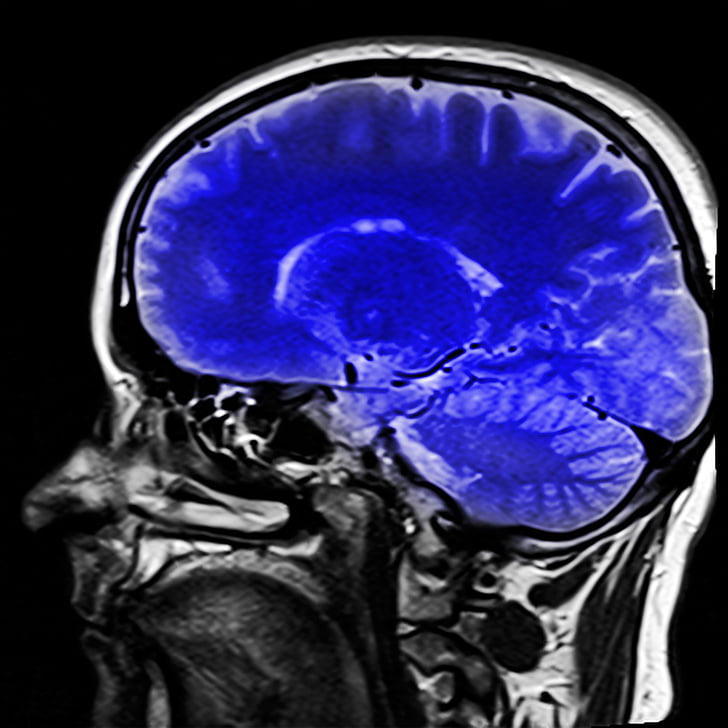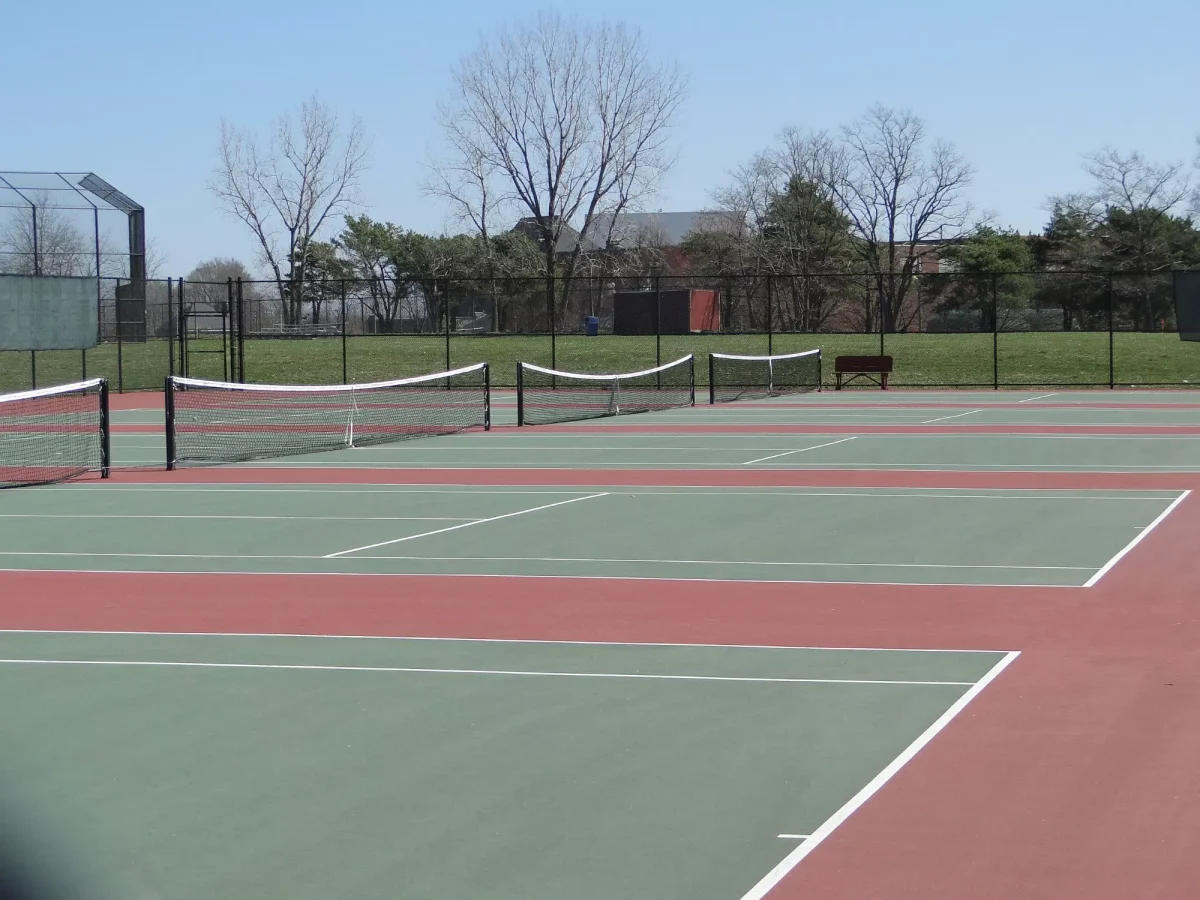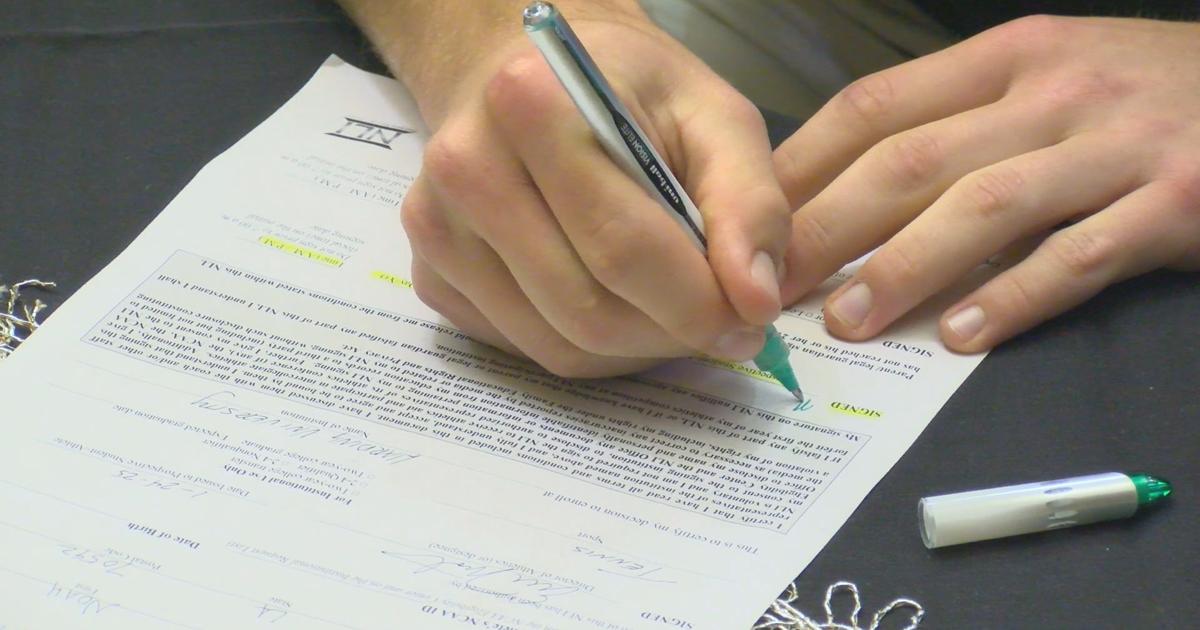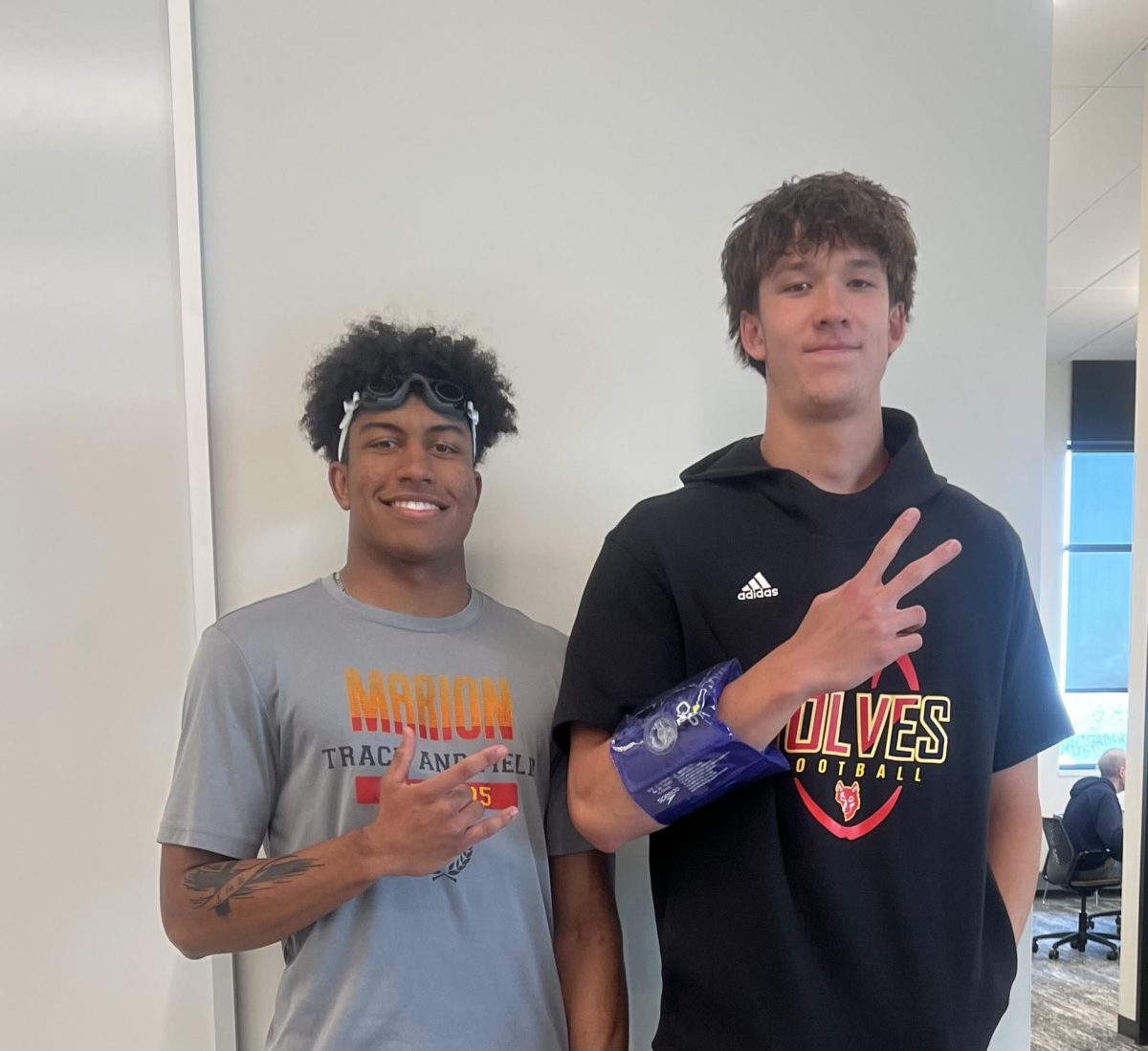According to University of Michigan Health, 3.8 million concussions occur annually throughout all sports. Fans, athletes, and coaches have voiced great concern relating to the increased amount of head injuries in athletics. A concussion occurs when a hard blow to the head causes one’s brain to move and twist inside the skull. These injuries not only impact someone immediately but also raise concerns about long-term effects relating to their well-being. Many head injuries remain untreated causing symptoms to be more severe in the long term. When suffering from head trauma, if one does not follow restrictions and healing instructions given by a medical professional, it can worsen many symptoms.
Aaron Blech, social studies teacher, has been coaching for four years and is currently the eighth-grade assistant football coach. Looking at it from a coach’s perspective, he has seen an abundance of positive caution about preventing and treating them. On the site of an injury, there is an athletic trainer present at every game who is trained to help treat players. Football has the highest percentage of injuries to the head throughout all sports. The seasons are six games long and throughout that period, Blech sees, on average, one to two concussions. If an athlete faces more than two in a season, he sees it as a risk and wouldn’t recommend them to return to playing. Coaches take the role of facing the decision on how to prevent their players from getting injured. Blech said, “Reducing contact days in practice is helpful. Proper technique is a huge part of the safety aspect of football so talking at length about that is nice as well.”
Taylor Theriault, junior, has been participating in sports for nine years. Throughout that time, she has faced three concussions, which have been spread out throughout all severity levels; the first one being in sixth grade and the second only two months after. Her doctors are very strict about her never playing contact sports again. They have faced concerns of reinjury and have said her brain will never be as sharp as it used to be. If she were to get another severe concussion, she would be marked as disabled. Relating to the healing process, Theriault was on bed rest for two weeks and missed school for a month. She said, “I couldn’t go up the stairs for the longest time since I couldn’t walk straight. I had most of my classes online and had to quit all the activities I was in.” She is still in the process of healing from her last one and hasn’t been cleared to work yet. Theriault has faced concerns about reinjury. She said, “I am nervous and very careful and cautious with what I do now. I don’t wanna be marked as disabled for the rest of my life, so I really have to be careful with what situations I put myself in. But then again, I still wanna live my life.” Injuries to the head can take a mental toll on people.
The issue of head injuries in sports is an important topic that is growing and gaining more publicity. More awareness and education about the severity of the injuries and their serious effects on people is important to preventing and treating them. With new research and data being released each year on this hot topic, guidelines and recommendations will likely improve and be more stringent. High school can be a pivotal point for some to make the decision if continuing with their favorite sport is worth the concussion risk. In upcoming years, the numbers will show that diagnosing head injuries more efficiently, treating them more seriously, and athletes and coaches making more informed decisions will result in lowering the number diagnosed annually.















